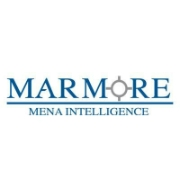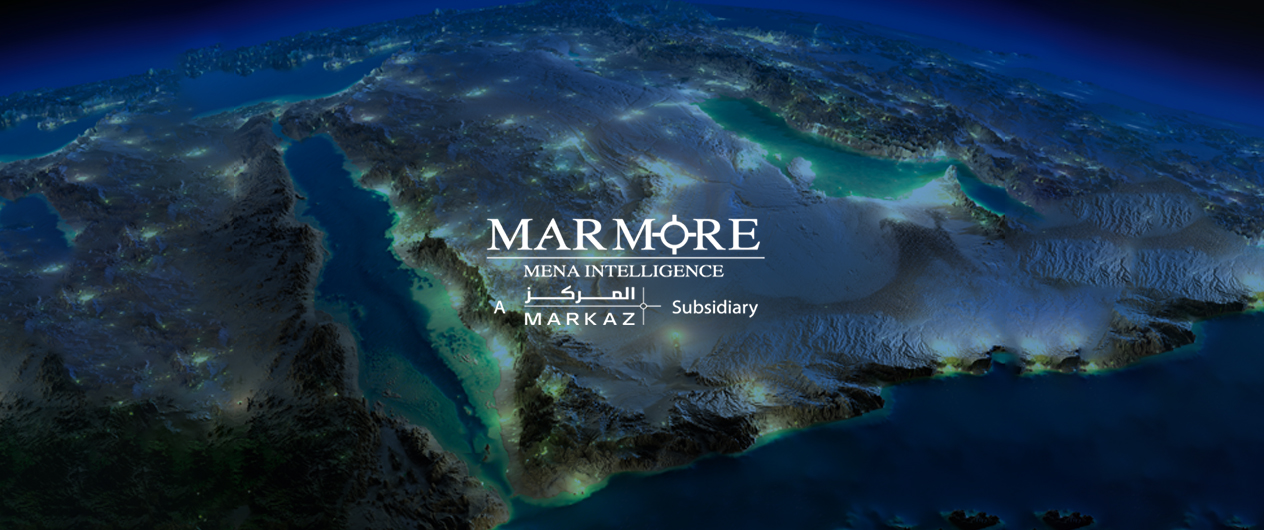Saudi Arabias diversification strategy rests heavily on Giga projects

Marmore Team
17 January 2023
With more money, time and skill concentrated into a single project, the giga-projects naturally assume concentration risk, yet the benefits are expected to be risk-worthy. The common benefits of such giga-projects include improving the economies of scale, generating employment opportunities, diversifying the economy, and imparting newer technologies etc., The two most critical issues on a giga-project are usually the cost and schedule. Some projects are forced to discontinue without reaping any economic benefits because of time and cost overruns. Globally, given their scale, only few giga-projects are completed in a year with hundreds of giga-project announcements happening every year over the past decade.
Infrastructure Giga-Projects Pipeline
The Public Investment Fund (PIF), the official Sovereign Wealth Fund (SWF) of Saudi Arabia is sphere heading this initiative since 2016. PIF is constantly strengthened in terms of its accumulated deal, recent being transfer of 4% share of Aramco into its kitty.. With the committed investment of USD 150 billion annually [1], giga-projects are expected to create new ecosystems and unlock new sectors in the Kingdom thereby expanding its economy, where PIF is committed to fund half of its capital requirements. The capital intensive and visionary infrastructure projects have already started expanding the sectors of the economy and attracting FDI. In 2020, the share of PIF assets in new sectors was at 15% and this is set to increase to 21% with 1.8 million job creation by 2025 [2]. With more than USD 900 billion of investment outlay till 2030, the giga projects are the heart of PIF programs’ diversification strategy.
A large part of PIF’s Investment is concentrated into the mega project called NEOM. The concept of self-sustainable linear megacity ‘The Line’ stretching across 100 miles, forms the core of NEOM project and comes with a capital outlay of more than USD 500 billion in tranches. Upon successful completion of the 1st phase, the NEOM is expected to generate economic benefits for the Kingdom by unlocking new sectors and creating jobs with the core concept of sustainability. NEOM’s strategy is structured around 16 sectors: energy, water, transportation, biotechnology, food, manufacturing, media, entertainment, culture and fashion, technology and digital sciences, tourism, sports, design and construction, financial services, health and well-being, education, and liveability. In general, megaprojects are exposed to three major types of risk viz., Design, Technology and Human Resource risk. Additionally, NEOM is exposed to other risk factors and challenges including legal, contractual, operational, force majeure, financial, political, environmental, and sociocultural risks [3]. The world has never seen the design of multi-layered vertical city with futuristic technologies such as advanced artificial intelligence, underground hyper speed transit systems, zero-carbon desalination, and green hydrogen plants etc., The implementation and development of such advanced design and technology certainly requires high skilled workforce which will again be a challenge for the Kingdom. Non-Saudis form more than 80% of the total workforce in the construction sector[4] but the project is committed to involve local workforce which is costlier when compared to the Non-Saudi workforce. This might lead to both cost and schedule overrun for the project signalling great amount of human resource risk. The Kingdom’s plan to attract global investments, technology and people through its massive tech-oriented infrastructures has greater economic benefits more than the diversification of oil revenues. Being in the strategic location of the world, OXAGON could turn into a sustainable industrial capital of the world and NEOM’s model could become an example for world in creating a self-sustainable city. The key to realizing the goal is to manage risks outlined. Either way, the pressing need to diversify the economy makes the Giga project bet of Saudi Arabia understandable. At the best, if project outcome succeed as per plan, Saudi Arabia will overtake many countries in the world in terms of economic attractiveness. At the worst, it will be status quo.
References:
[1], [2] – PIF’s Annual Report: 2020-2021[3] - Risks and Challenges Associated with NEOM Project in Saudi Arabia: A Marketing Perspective by Areej Algumzi
[4] - Challenges and Opportunities in Employing Locals in the Construction Industry: Saudi Arabia Case by Mazen Sinan & Abdulaziz A. Bubshait
Stay Tuned To Marmore MENA Insights!
Never miss a patch or an update with Marmore's Newsletter. Subscribe now!
Related Article
2024 Kuwait Banking: Interest Rates and NIM Trend Analysis
The blog discusses how net interest margin of Kuwaits banks has moved across interest rate cycles, in light of awaited policy rate cuts.
Read MoreAre ESG and Sustainable investing the same?
ESG and Sustainable Investing might seem to be related but both are distinct concepts. The GCC nations transition towards cleaner energy portrays a buoyant outlook for ESG and sustainable investing.
Read MoreBusiness Impact of IFRS Sustainability Standards for GCC
The impact of the recently issued IFRS sustainability standards, once adopted, is likely to be high, as GCC companies scramble to allocate adequate resources for the adoption.
Read MoreTags
No Tags!




